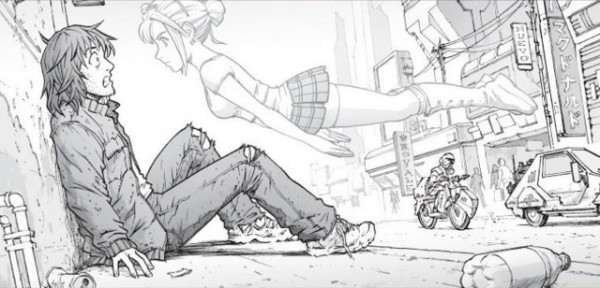 |
| http://pinewoodvpa1.blogspot.com/2018/09/value-scales-wpen.html |
- Create one value scale using marker in your sketchbook. Leave it out for me to check it during class.
Learning Objective - Students will develop a better understanding of the art of comic book design and storytelling through the making of their own comic.
Language Objective - Students will write their own story and draw picture to illustrate it through comic book design.
Agenda-
- Ms. Colegrove will not accept late work after MONDAY!
- To get started on your final Comic Book Pages
- 5/16 - Use pencil to draw out your final Comic Book pages on final paper
- Use pen to ink in your drawing. Remember to include
- Different types of line, thick and thin, wavy straight
- Symbols to represent emotion or movement
- Past Due - Create pages of rough draft for your pages
- Past Due - Practice textures and mark making with pens
- What images need to be seen, and what can be assumed by the reader?
- Which images could be bigger to tell the story?
- How will you place the dialog boxes so the viewer will read in the correct order?
Comic book Criteria
- Include a problem and a resolution in your story and climax, (beginning, middle, and end)
- Complete two to three pages keeping the paper neat and clean
- A minimum of five facial expressions and two characters
- Include a background that changes with the movement of the characters
- Unify the images when designing your page layout
- You used pen to draw and shade your images

